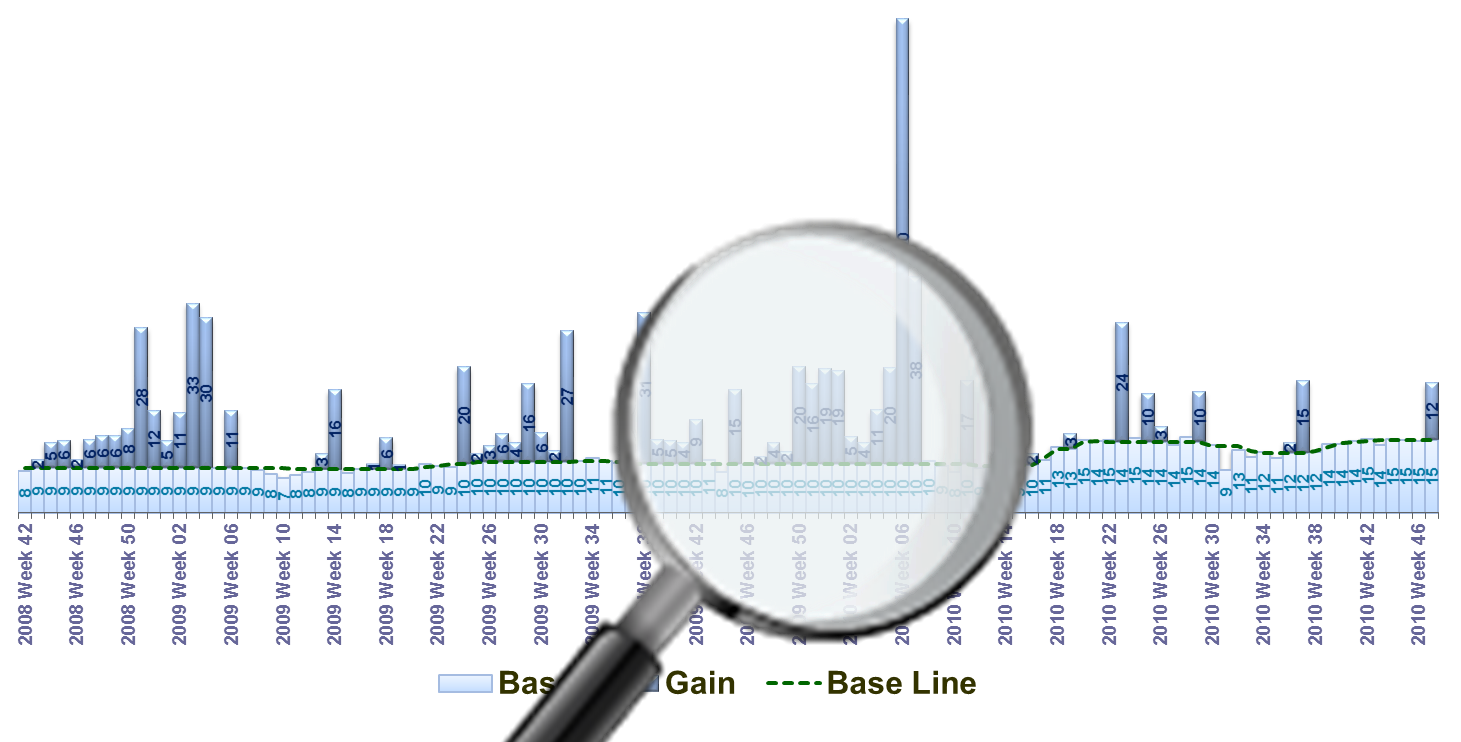
Exhibit 36.1 Marketing mix modelling reveals the
effectiveness of the marketing mix elements in terms of their contribution
to sales and profits.
“It is difficult to hide from the illumination of a market
response model.” — Hanssens et al. (2003).
Marketers need to align their brand’s marketing mix
into a cohesive programme designed to generate revenue and profit. To achieve their desired
goals, they need to understand how to optimize the brand’s performance. This requires an
appreciation of how sales respond to the elements of the marketing mix. It would be useful
if there was a method for evaluating the impact of these variables on sales and return on
investment (ROI).
Fortunately, as illustrated in Exhibit 36.1, there is
such a method, known as marketing mix modelling or
market response modelling. These models employ statistical methods of analysis of historical
market data to estimate the impact of various marketing activities on sales. This estimation
allows for an evaluation of the effectiveness of individual marketing mix elements in terms
of their contribution to sales and profits. Armed with this knowledge, marketers are able to
formulate plans that optimize resource utilization and infuse marketing decisions with the
logic and discipline of analytics.
Marketing mix modelling encompasses a wide range of methods and techniques,
constituting a vast topic. This chapter focuses on the methods and models that hold the
greatest relevance for marketing practitioners. These models are multifaceted, often
considering interactions and interdependencies among marketing mix variables, as well as
dynamic effects such as lagged responses. The chapter emphasizes the facets that necessitate
consideration and provides guidance on the application, interpretation, and analysis of
these models.